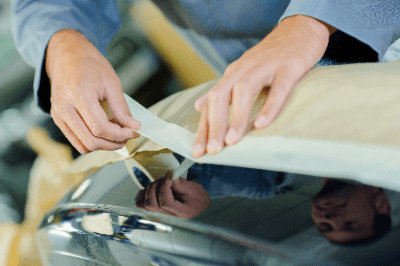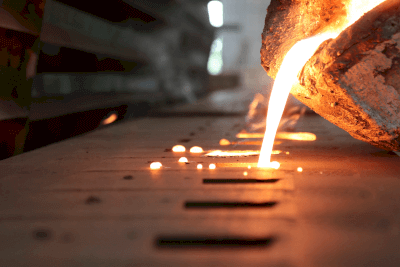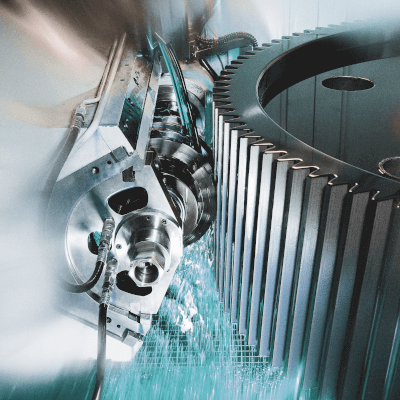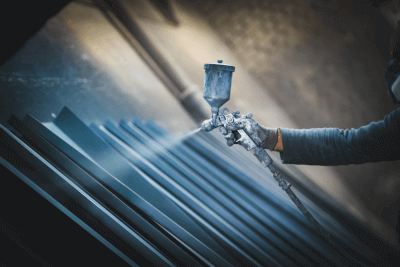What Is a Masking Compound?
A masking compound is a product and action that is used to protect a surface from solvents and prevent scratches. Masking compound also means “to cover up” or “to wrap up.”
The main products used for masking include masking tape, solid wax, and masking compound. These are important products used in the industrial and architectural fields. In recent years, however, masking tapes and masking paints have been attracting attention in the field of the arts as well, with products that offer great convenience in the creation of artwork.
This article will focus on masking compounds in particular.
Uses of Masking Compounds
Masking compounds are effective when applied as an anti-plating agent to areas where plating is not required. They can be applied by brushing or dipping. Dipping is a coating process in which the object to be painted is immersed in resin or chemicals to achieve the desired paint effect. This process is also known as impregnation.
Masking compounds include both organic solvents and water-based paints that dry at room temperature. Water-based paints are those that do not use organic solvents or significantly reduce their use by replacing them with water. Therefore, if they do not fall under the Regulations for the Prevention of Organic Solvent Poisoning, they are not subject to health examinations or other related obligations.
Room-temperature drying paints can be used for various applications. However, since solvents are primarily used, plating work cannot commence until the solvents have evaporated after application. Additionally, due to their flammability, the workspace must strictly adhere to fire safety measures.
Nevertheless, except for very small quantities, they can be used on objects of various sizes and shapes with special attention to fire safety.
As a result, room-temperature drying masking compounds are versatile masking materials.
Water-based paints are primarily used in the arts. They can be used for various purposes such as decorating windows and walls, embellishing events, creating designs on display windows, and preventing glassware from being scratched.
Principles of Masking Compounds
Using aircraft engines as an example, surface treatments applied to parts include cadmium plating, industrial chrome plating, nickel plating, silver plating, and lead/iridium plating.
When considering paint masking compounds in this context, issues related to peeling after plating must be taken into account. Apart from this concern, synthetic resin paints such as epoxy resin and urethane resin, which offer excellent resistance to acids, alkalis, and heat, can be considered. However, currently, lacquer is predominantly used as a masking compound for the majority of aircraft engines.
Lacquer is a highly volatile paint created by dissolving acrylic resin or nitrocellulose (nitrocellulose) in an organic solvent such as toluene. It can withstand room temperature and heat-based acidic solutions, as well as chrome plating solutions, for a relatively extended period. However, it is susceptible to alkaline solutions and becomes even more vulnerable when heated.
Masking with lacquer compounds should be carried out using a brush or roller, leaving the surface to be plated exposed. The application should be thick enough to prevent the formation of pinholes, and the coating should be air-dried for at least 30 minutes after the initial coat is applied. Once it is dry to the touch, apply a second coat and repeat the process.
After application, allow at least 2 hours for drying time. For removal after plating, immerse the object in a heated alkaline solution and, when the coating becomes buoyant, use compressed air to remove it.
 Masking tape, commonly used for “covering” or “wrapping,” is mainly utilized in metal
Masking tape, commonly used for “covering” or “wrapping,” is mainly utilized in metal  Casting is a process where molten metal is poured into a mold to form a product. The flexibility in shapes is a key feature of casting, as it allows the creation of complex shapes by pouring molten metal into a mold. Post-casting processes often include
Casting is a process where molten metal is poured into a mold to form a product. The flexibility in shapes is a key feature of casting, as it allows the creation of complex shapes by pouring molten metal into a mold. Post-casting processes often include  Gear cutting is a
Gear cutting is a  Metal coating is a process where paint is applied to a metal surface. This process typically involves four stages: pretreatment, formulation, application, and drying. Pretreatment cleans the metal surface to enhance paint adhesion. During formulation, paints and thinners are mixed to achieve desired functions and colors. The application stage involves painting the metal surface either by brushing or spraying. Finally, the coating is dried at room temperature or using heat.
Metal coating is a process where paint is applied to a metal surface. This process typically involves four stages: pretreatment, formulation, application, and drying. Pretreatment cleans the metal surface to enhance paint adhesion. During formulation, paints and thinners are mixed to achieve desired functions and colors. The application stage involves painting the metal surface either by brushing or spraying. Finally, the coating is dried at room temperature or using heat. Polyurethane coating, often referred to as “urethane” in the paint industry, is a painting process using a specific type of paint. This coating is known for its glossy finish, imparting a luxurious appearance. Polyurethane resin, noted for its good adhesion to metal surfaces, is a soft resin, making it durable and easy to work with.
Polyurethane coating, often referred to as “urethane” in the paint industry, is a painting process using a specific type of paint. This coating is known for its glossy finish, imparting a luxurious appearance. Polyurethane resin, noted for its good adhesion to metal surfaces, is a soft resin, making it durable and easy to work with.